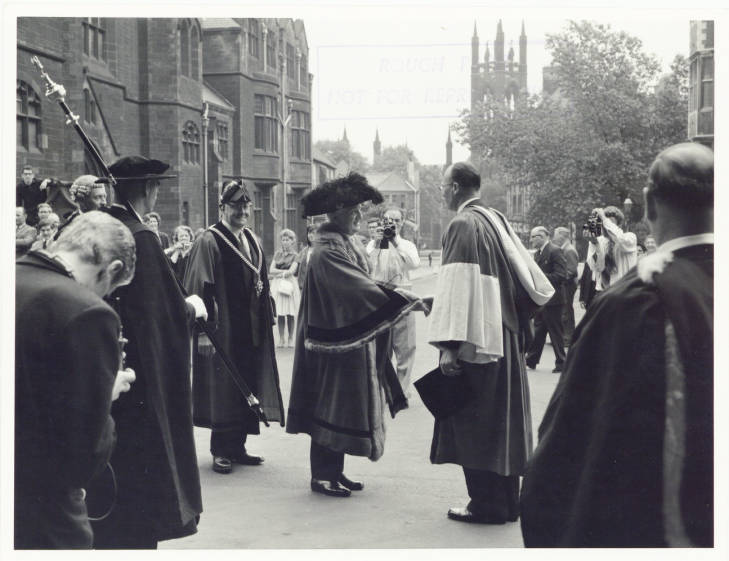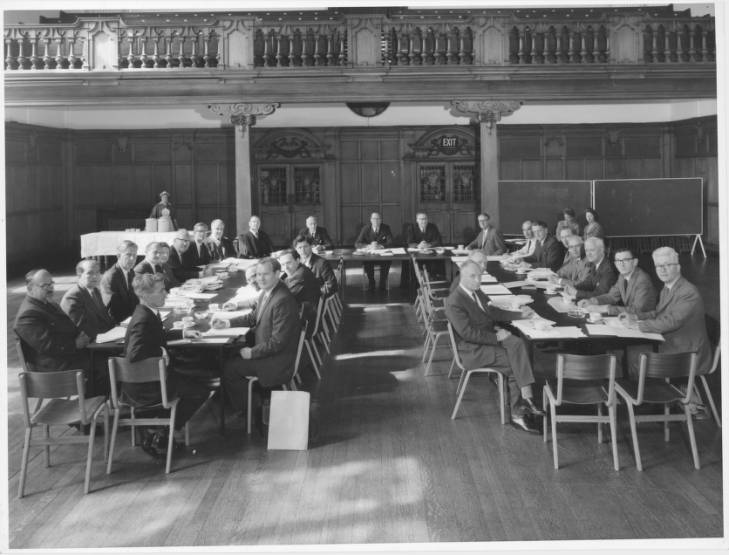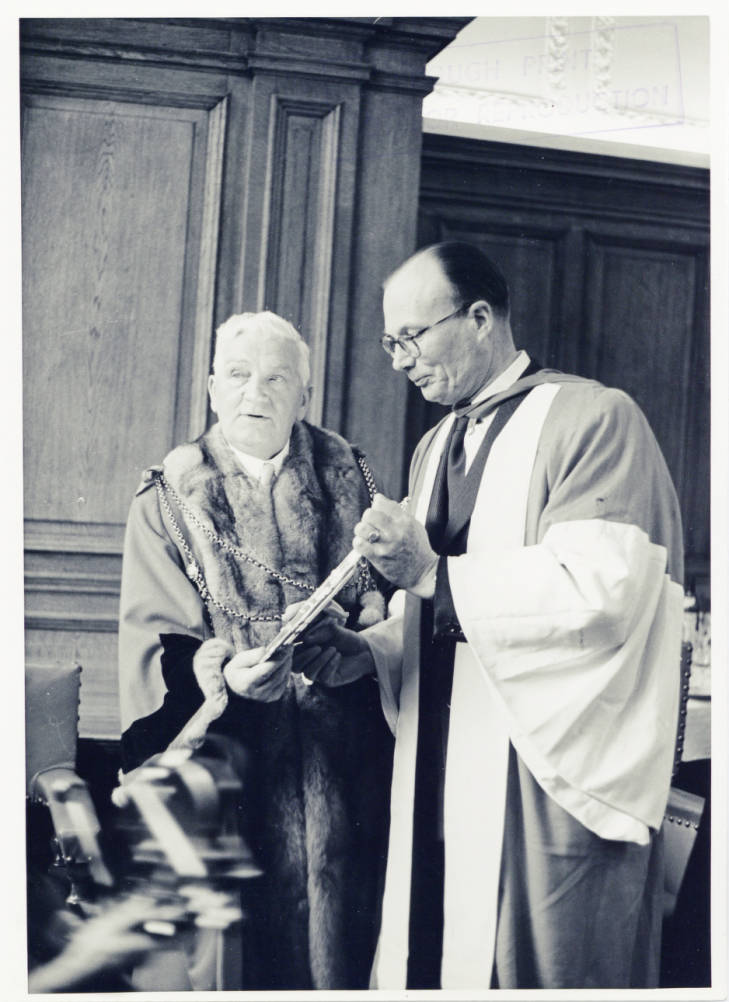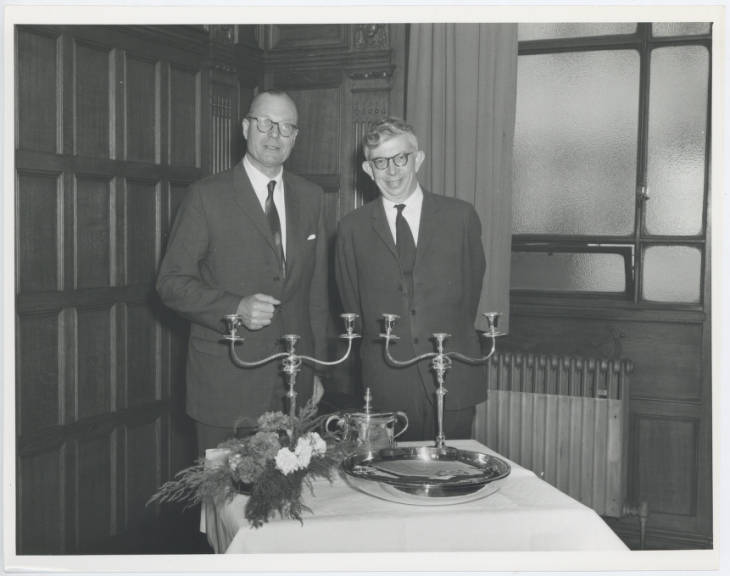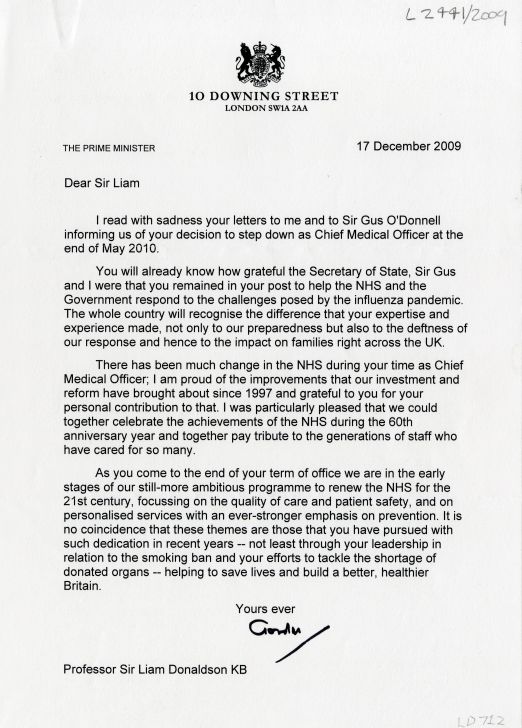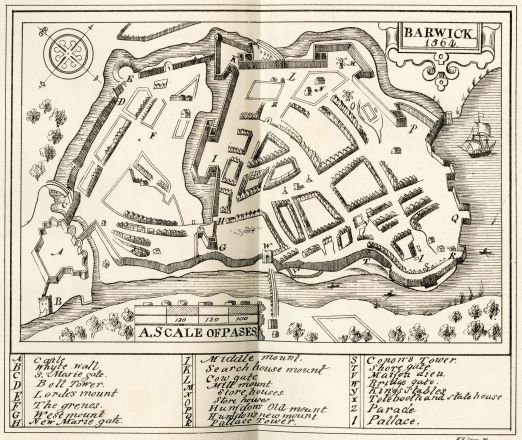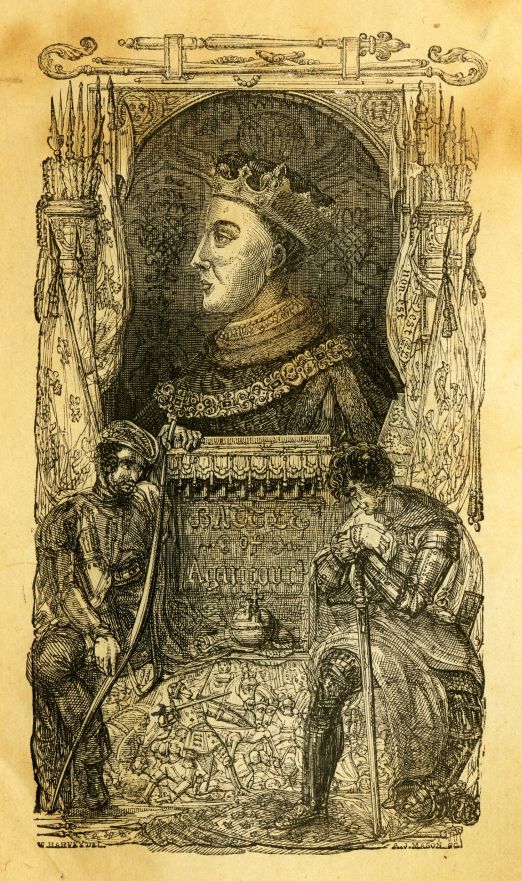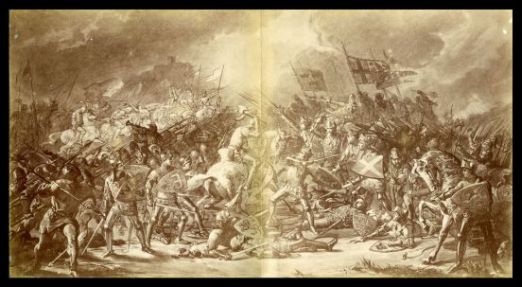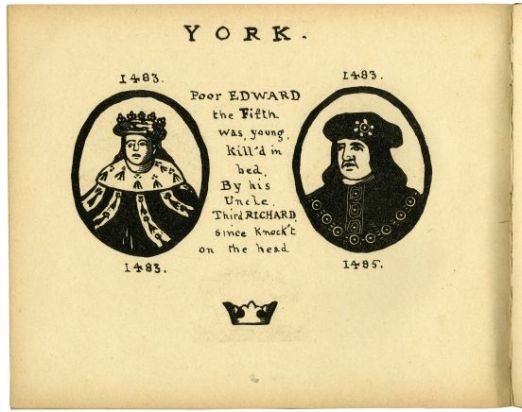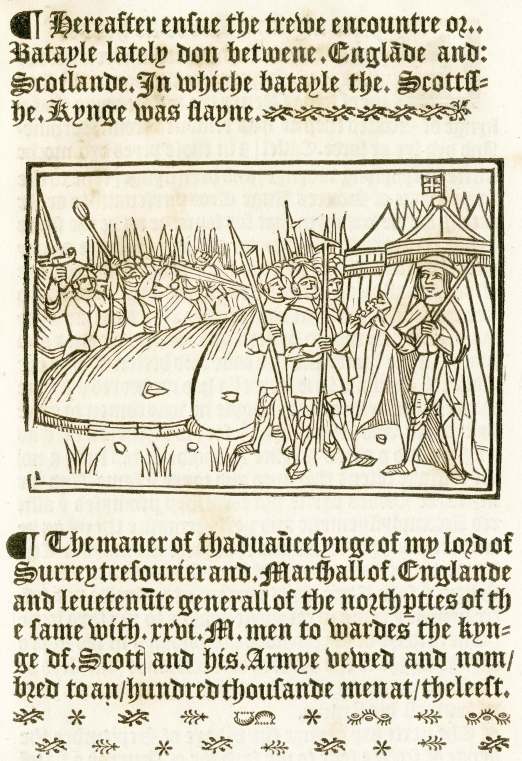
Five hundred years ago this month, one of the bloodiest battles between England and Scotland took place when the English army defeated the Scots army on Flodden Field near Branxton in Northumberland. James IV of Scotland had crossed the border in late August 1513 with an army of about 30,000 men, to honour the “auld alliance” with France and divert troops from the main English army which was then in France under Henry VIII. He was met by Henry’s lieutenant, Thomas Howard, Earl of Surrey, who opposed him with an army of about 20,000 men. The Battle took place on 9th September 1513 in the afternoon; it was over by nightfall as the Scots succumbed to the superior weaponry of the English. There were an estimated 10,000 Scottish deaths, including members of almost every noble family and James IV himself. About 5,000 English soldiers also lost their lives.
This is the first page of a nineteenth-century reprint of the earliest surviving English news pamphlet on the Battle of Flodden, believed to have been printed in the same year. Original sixteenth-century copies of the pamphlet are rare, being held only at the National Library of Scotland, Lambeth Palace Library and Cambridge University Library, in varying states of completeness. Although later reprints such as that held here in Special Collections at Newcastle are more commonplace, they are no less appealing.
This edition, held in the White (Robert) Collection, was reprinted in London in 1809 and faithfully reproduces the original, including its attractive woodcut illustration and distinctive “Black Letter” typeface. The woodcut depicts soldiers in a camp on the battlefield. The figure on the right is probably the Earl of Surrey; the soldiers are handing him a crown, which likely represents the crown of the fallen James IV. The illustration is particularly noteworthy as it appears to show the long bill (a staff ending in a hook-shaped blade) used by the English army, which out-performed the spears of the Scots army and, along with the English longbows, secured the English victory.
Our copy of this edition carries the bookplate of John Trotter Brockett (c. 1788-1842) and the later inscription of Robert White (1802-1874), both local antiquaries and collectors. Brockett is known to have sold off a portion of his collection of books, coins and medals at Sotheby’s in 1823 and this may well be how this particular book later found its way into Robert White’s possession.
Special Collections also holds several copies of another, slightly later reprint of the pamphlet, held in the Clarke (Edwin) Local Collection and 19th Century Collections. Printed by the Newcastle Typographical Society in 1822, the later edition is in a smaller format than the 1809 edition and bears a printed dedication from its editor, William Garret, to John Trotter Brockett. Garret thanks Brockett for the loan of “the book from which the following sheets are printed” and explains that this reprint is smaller than the tract from which it was taken; we can speculate that our copy of the 1809 edition bearing Brockett’s bookplate is the very book to which Garret refers here in the 1822 edition, highlighting an example of the links which can exist across our holdings in Special Collections.

